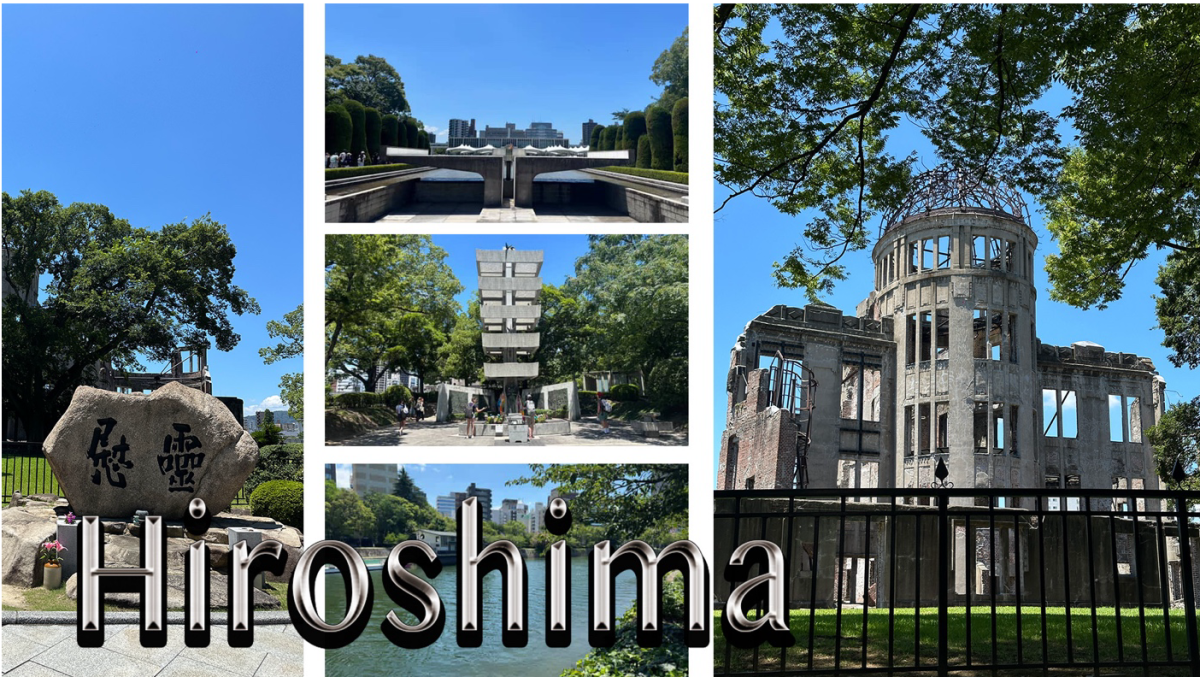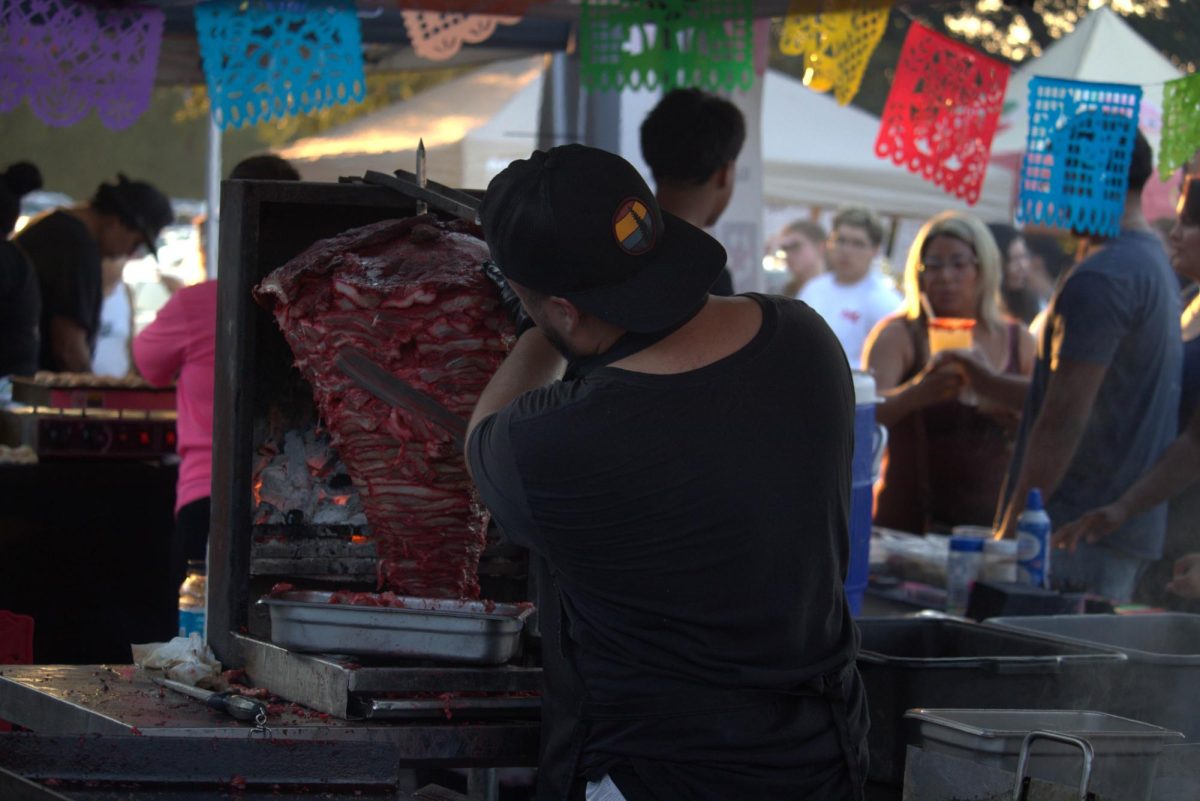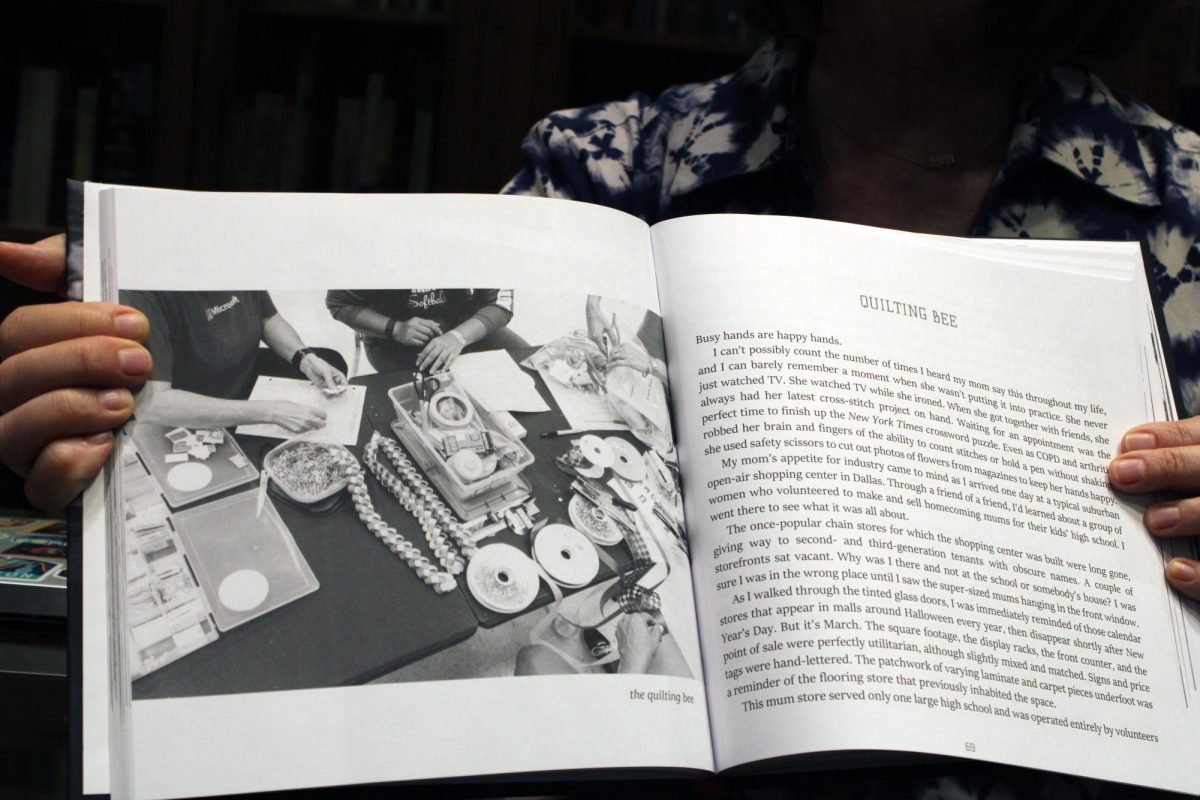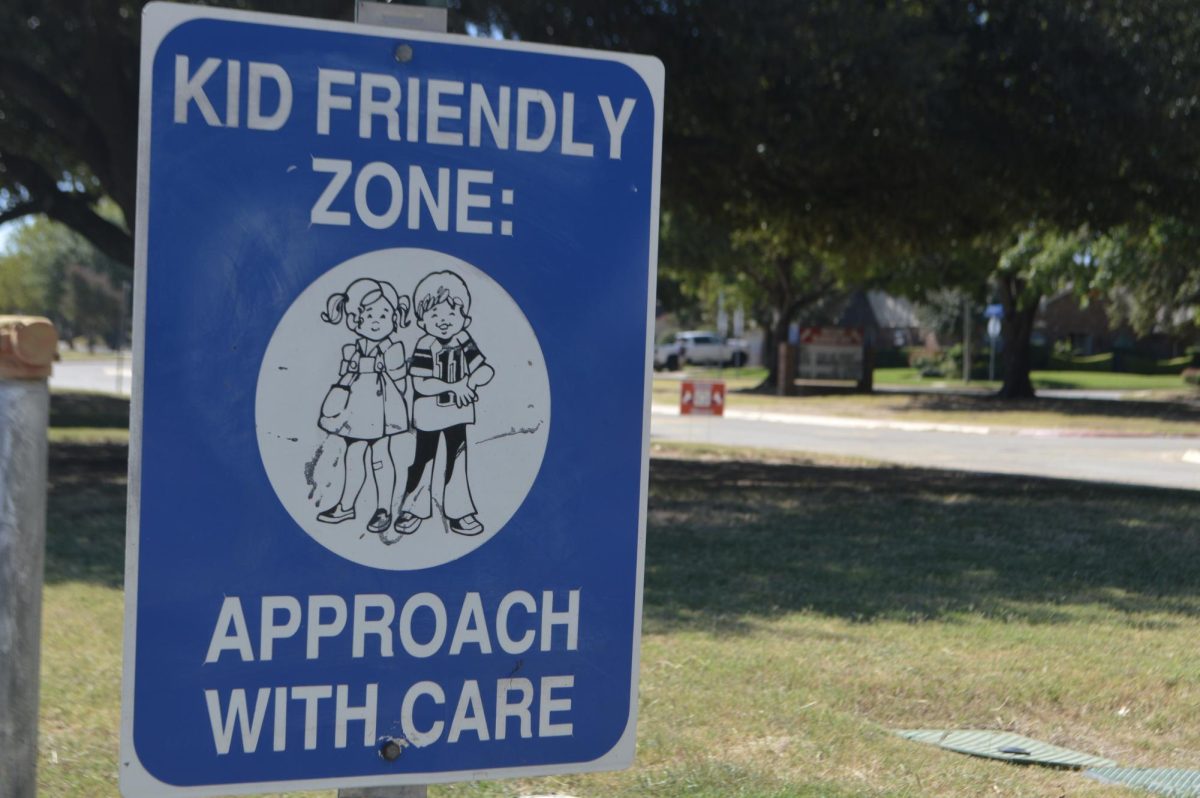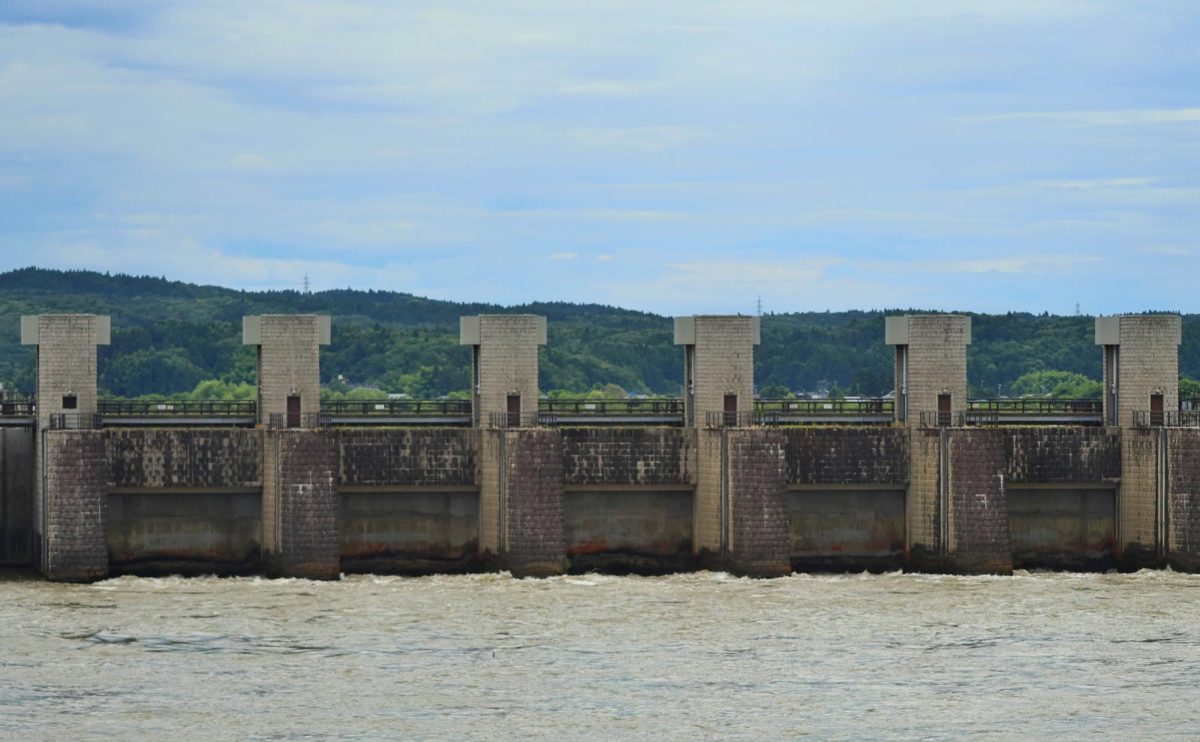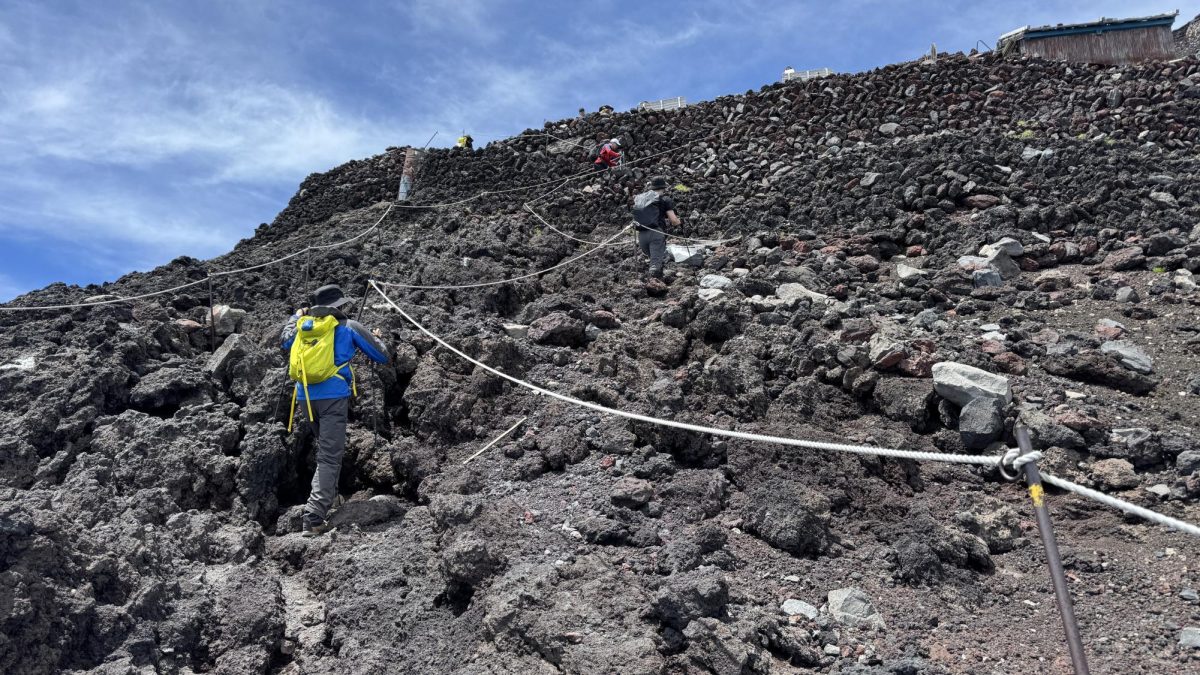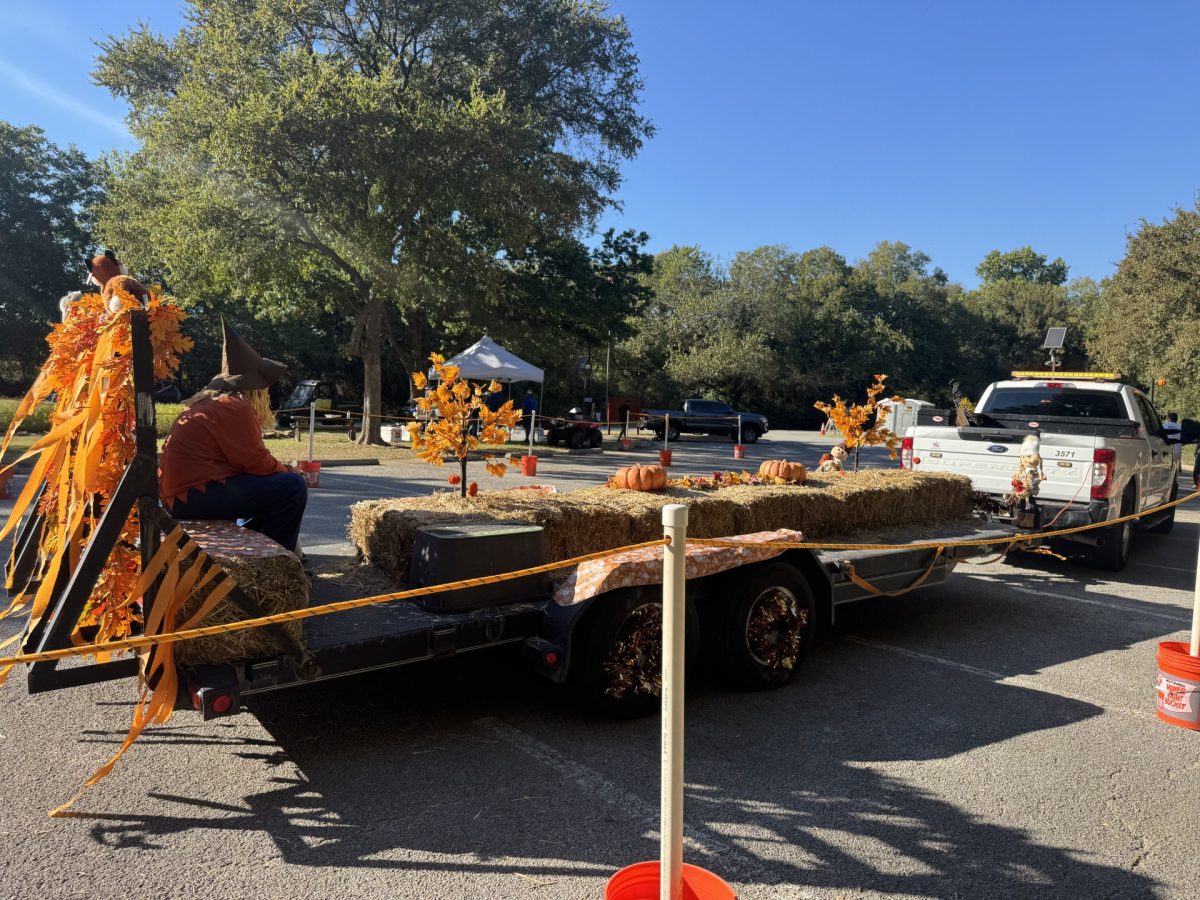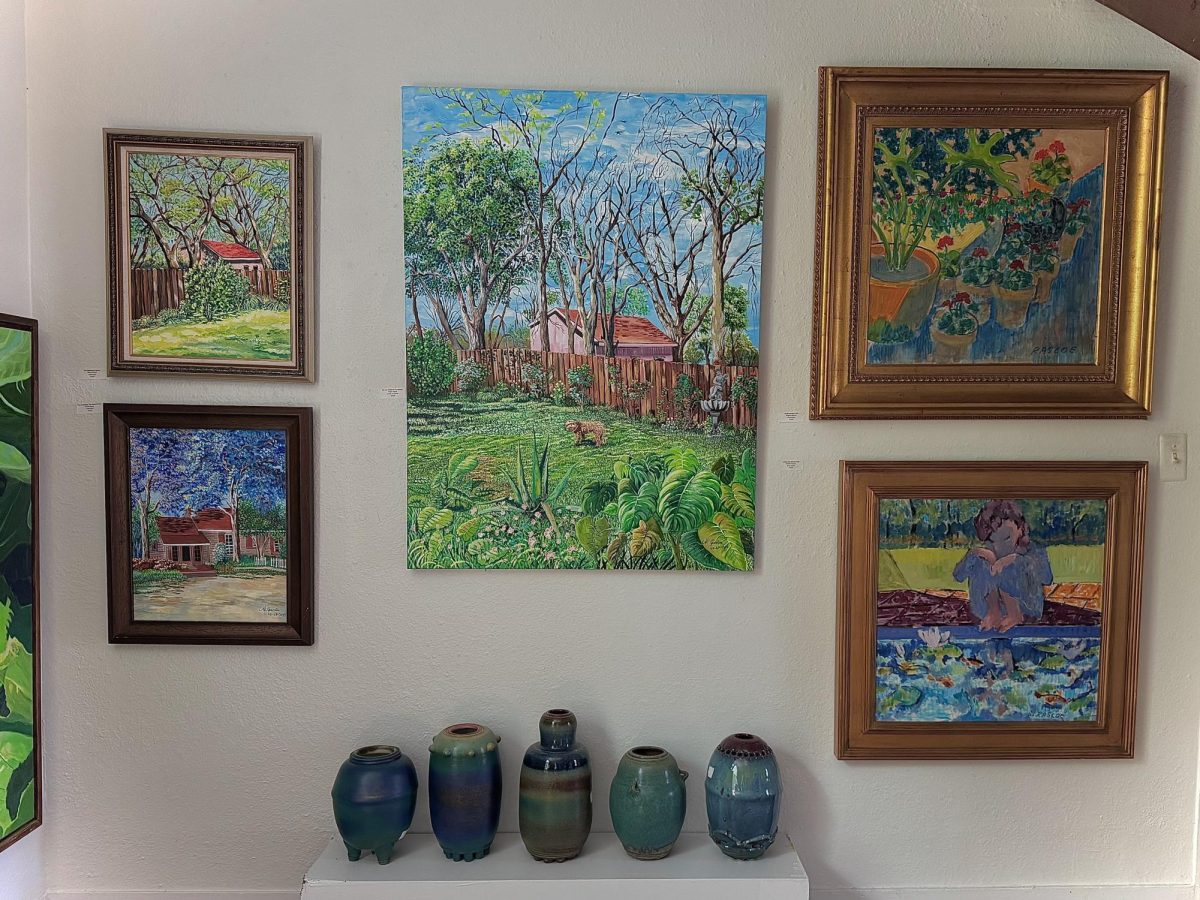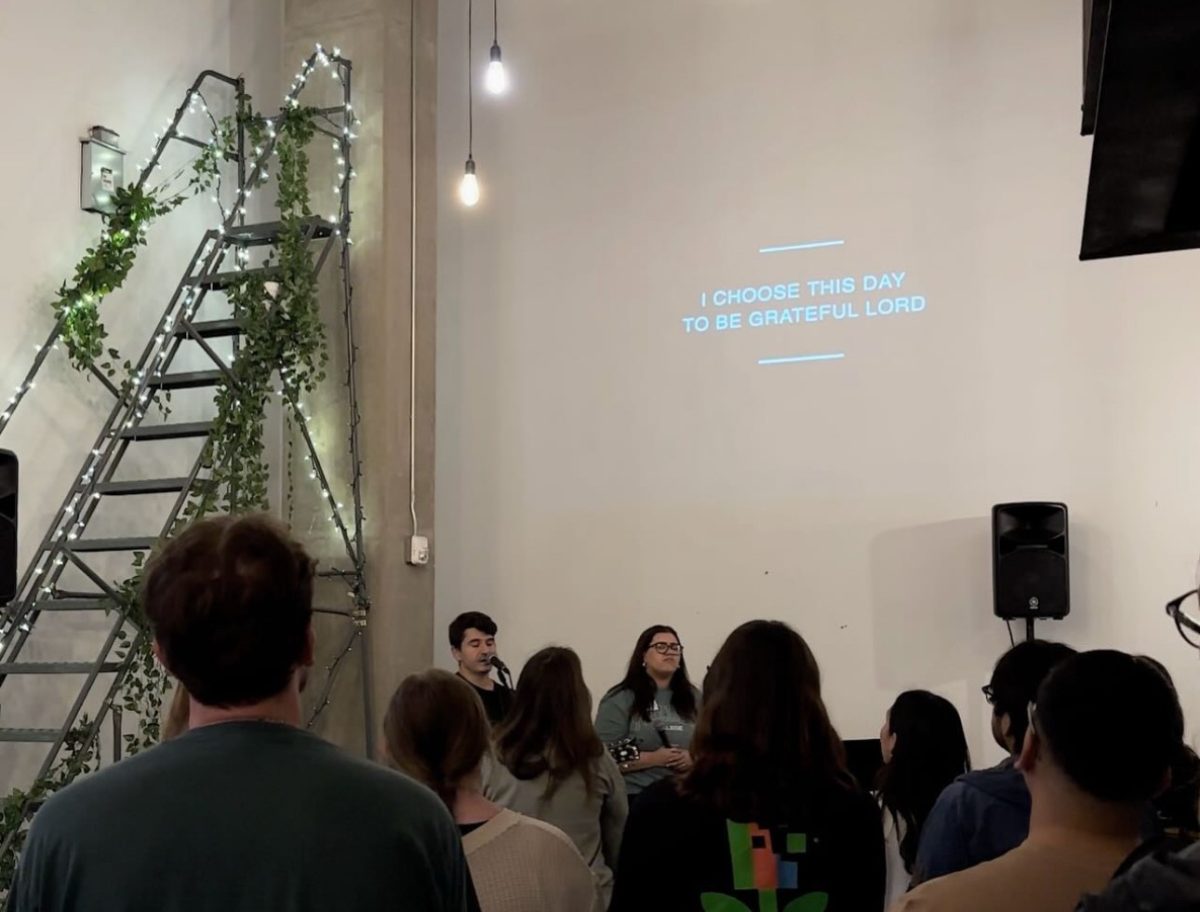TOKYO—The over-tourism of Japan in recent years has led many people to have an almost stereotypical view of the country and its key points, but what is hidden behind that superficial viewpoint?
Yes, the 7/11 here is significantly better than in America, there is anime on almost every corner, games seem to be of unlimited supply and there is good food every step of the way. But there is so much more to discover.
The first step off the plane was the start of many moments full of uncertainty. Seeing the crowds of people seamlessly navigating through busy intersections and the stations with dozens of platforms and exits, it is easy to feel overwhelmed and lost.
The culture shock of coming from a country like America, where crowds often equate to slow-moving and frustrating experiences, to Japan, where people work together—consciously or subconsciously—to be fast and efficient, creates feelings of uncertainty.
Which way do I go? Am I in the way? Is anything I’m doing right?
In Japan, there are several unspoken rules, especially when in crowds. In Northern prefectures such as Tokyo, it is common practice to stay on the left side of an escalator, street and stairs. In Southern prefectures like Osaka, the opposite is true.
Japan’s cuisine offers a unique style that differs significantly from American food, making it a major attraction for tourists. The excitement to try popular foods like onigiri and taiyaki can sometimes overshadow the traditional and delicious meals that Japan has to offer. While adding specific restaurants to the day’s schedule can be beneficial and lead to an amazing experience, it may be easier and more rewarding to hop into a small restaurant down an alley.
These hidden gems are often cheaper, more satisfying and provide a real immersion into the culture.
“Irasshaimase” is used to welcome customers into a store and is not used rarely. In America, it may be surprising to be welcomed in some stores, but in Japan it is customary practice for all the staff nearby to welcome customers in.
Japan is rooted in respect and hospitality, which is highlighted by the customer service in every store, restaurant and station. The renowned Japanese hospitality extended to foreigners as well, with some staff clearly going beyond to accommodate tourists.
Being in a country without being familiar with the practices or language, appearing lost and confused is part of the deal. In these instances, a small spoken “sumimasen” will get the attention of someone who will do their best to help. The kindness and dedication of strangers on the street is initially surprising but helps alleviate the stress of navigating unfamiliar places and situations.
With thousands of shrines and temples, it is no surprise that they are some of the most-visited destinations for tourists. Although they are visually beautiful, it is important to understand the meanings behind them as well. Taking the time to slow down and appreciate the values, views and history is the best way to feel grounded and connected to Japan. Each visit to a historical, cultural or religious spot is an opportunity to reflect and recharge.
Japan offers a wealth of fun activities, stunning scenery, perfect photo spots, and amazing food, but it is so much more than that. The best way to genuinely appreciate all it has to offer is to explore it firsthand.
Twenty-seven days may seem like a long time for a trip, but in a country with a rich history like Japan, it is not nearly enough time to understand everything. Each day was a new experience and another mistake, but each day also brought opportunities for growth and appreciation.







